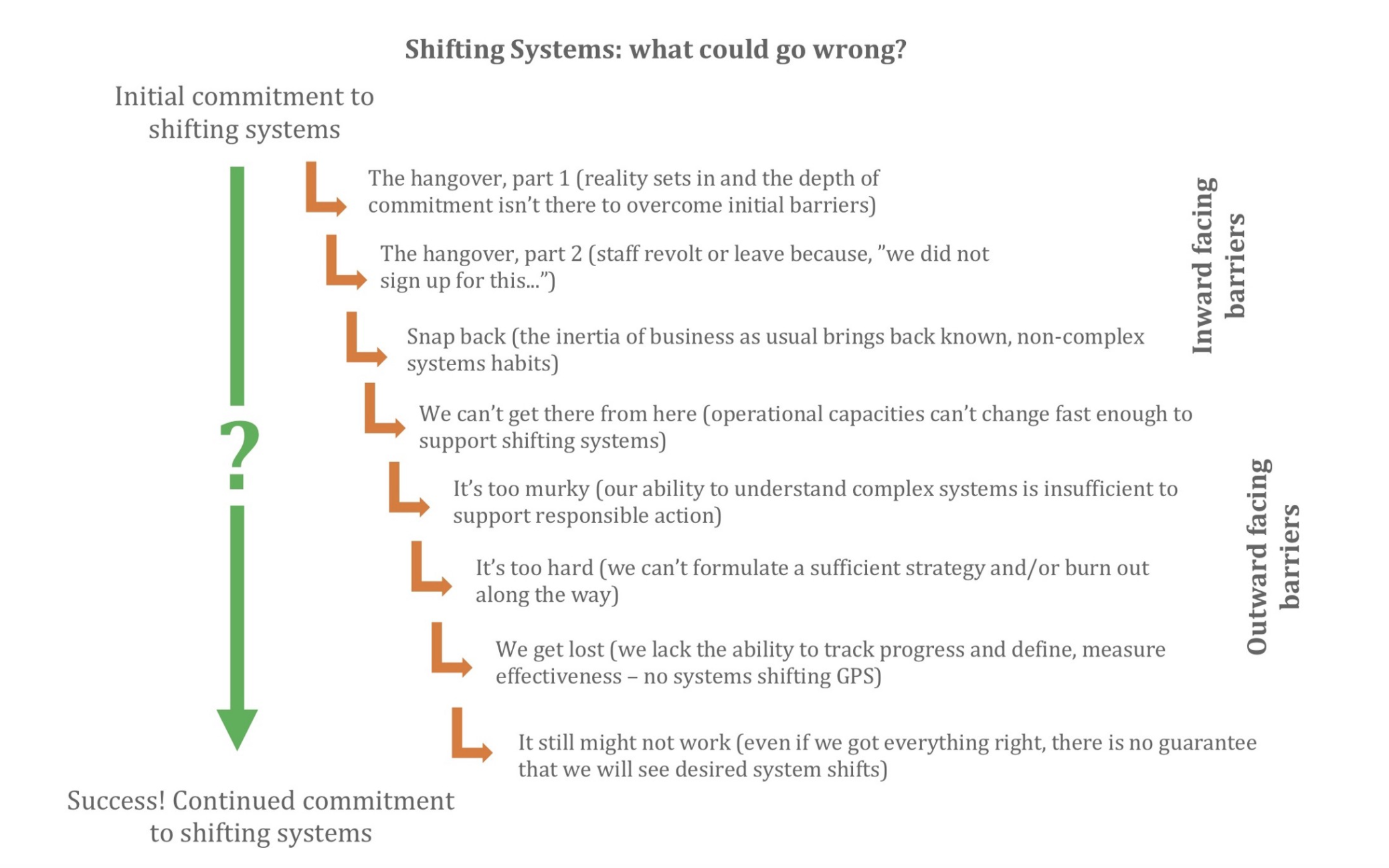

SA Youth connects young people to work and employers to a pool of entry level talent.
Are you a work-seeker?
COVID-19 has been dubbed “the inequality virus” by Oxfam International, exposing, feeding off and increasing existing economic inequalities across the world. It has thus never been more critical to understand the root causes of poverty and structural inequality across the world, than now.
As we are poised to enter the second year of this unprecedented pandemic, we at Harambee have been grappling with some of the systems that underpin the inequality that have led to such wide gaps in access to the labour market. While systems change has been in Harambee’s DNA from the beginning—the past year of the COVID-19 pandemic has accelerated and deepened this shift for us as an organisation – and for what we think is possible in South Africa at this moment in time. This issue of the Insights > Impact blog is dedicated to outlining our understanding of systems change as we embark on this journey, particularly, the “what” of systems change and the “how.”

Source: Harambee youth Employment Accelerator, 2020
Systems change is a process by which we address the root causes of social problems in order to alter the structures that cause a system to behave a certain way. Health, education and economic opportunity are critical drivers for human wellbeing and yet universal access is not a guarantee for many. Often, systems holding the current status quo in place are big, complex and entrenched, making it very difficult to solve the problem with a single solution.
Just like exercise can help a person deal with diabetes, hypertension, obesity, coronary heart disease, low energy, weak muscles and poor mental health; a systems lens implies that we need similar levers to address society’s challenges. Implementing such an approach cannot be done alone and requires the support of key partners in the system, working together to adapt, learn and change the way the system has always been.
This informative piece suggests that the systems that we might need to change can be compared to “water” for a fish swimming in the sea—it is deep, all-encompassing, and sometimes, too widespread to even notice.
Systems change is a way of thinking that seeks to address complex problems by shifting the conditions that hold these problems in place. The conditions are visible to varying degrees to different actors, and are inter-related. They either work together to bring about change or against each other to prevent it. Explicit conditions are those such as government policies, institutional practices and access to resources (money, people, knowledge etc.) and are the easiest to identify and change. But they also depend on power dynamics and relationships built across sectors, stakeholders and political divides.
COVID-19 meant that sweeping, if temporary, policy changes were implemented to provide social relief such as the implementation of the social relief of distress grant. These measures have benefited those in poverty, but these changes may not be systemic, especially if they cannot be extended and if the impact of the pandemic can be felt long after.
Implicit conditions are the mental models, rooted in the deeply held beliefs and assumptions, and are the most difficult to identify and adjust. Although mental models influence how we think, talk and act, our narratives can shape the mental models we have over time.
The gendered impact of COVID-19 is one example of the deeply held mental models on the roles of men and women. Not only did school closures disproportionately impact female learners but the burden of childcare and domestic responsibilities was borne by women more than men in households.
This highlights the importance and the power of rewriting narratives, and the usefulness of storytelling as a tactic to foster a systems change mindset.
Action Steps
To adopt systems change mindsets, changemakers need to:
The systems change field has reached a milestone: the issue is no longer whether systems change is needed to address big challenges, such as poverty or the climate crisis, but how to implement a complex-systems approach. The first step is to appreciate how difficult it is to move from a traditional, linearly structured and managed organisation to a non-linear, adaptive systems-change organisation. There exist many inward-facing and outward-facing challenges that can inhibit and prevent change at various points along the systems change journey.

Source: Getting serious about the how of systems change, 2020
A sound change management strategy will address these pain points proactively, allowing organisations to be transparent about the challenges. Organisational culture is a critical enabler; by leaning into values, this builds the ‘immunity’ needed to weather the storm of mass disruption.
Action Steps
So how to address these pain points? The authors offer practical advice when implementing a systems change agenda:
Source: Systems Practice Mindsets, 2017
Finally, this video showcases 4 key mindset shifts that can deepen systems change impact:
As Harambee embarks on our own systems change journey over the course of the year, we continue to build understanding of the broader ecosystem and underlying levers to shift to make maximum impact. Amongst other initiatives, part of Harambee’s systems change agenda aims to remove the barriers that prevent young South Africans from finding work and to increase the opportunities that are generated and made visible to young women and men. Towards that end: